Vollmer Peak: Birding Hotspot
By Denise Wight
Vollmer Peak in Tilden Regional Park, at an elevation of 1,905 feet, is one of the highest peaks in the Berkeley Hills. With relatively easy access, one can enjoy not only diverse birding but incredible views. On a clear day the Farallon Islands appear to balance on the western horizon, and to the east you can see the outline of the snow-capped Sierra Nevada Range across the Central Valley. Thanks to the foresight of the founders of the East Bay Regional Park District, we are fortunate to enjoy vast areas of open space set aside for public enjoyment at Tilden and many other locations within Alameda and Contra Costa Counties.
Vollmer Peak holds a special place in my heart. I grew up in Orinda, looking up toward the peak. When my father was transferred to the San Francisco Bay Area from Chicago in 1963, he wrote to the family “back east” that we now lived below a mountain. Later we would laugh, knowing these were just hills to the locals.
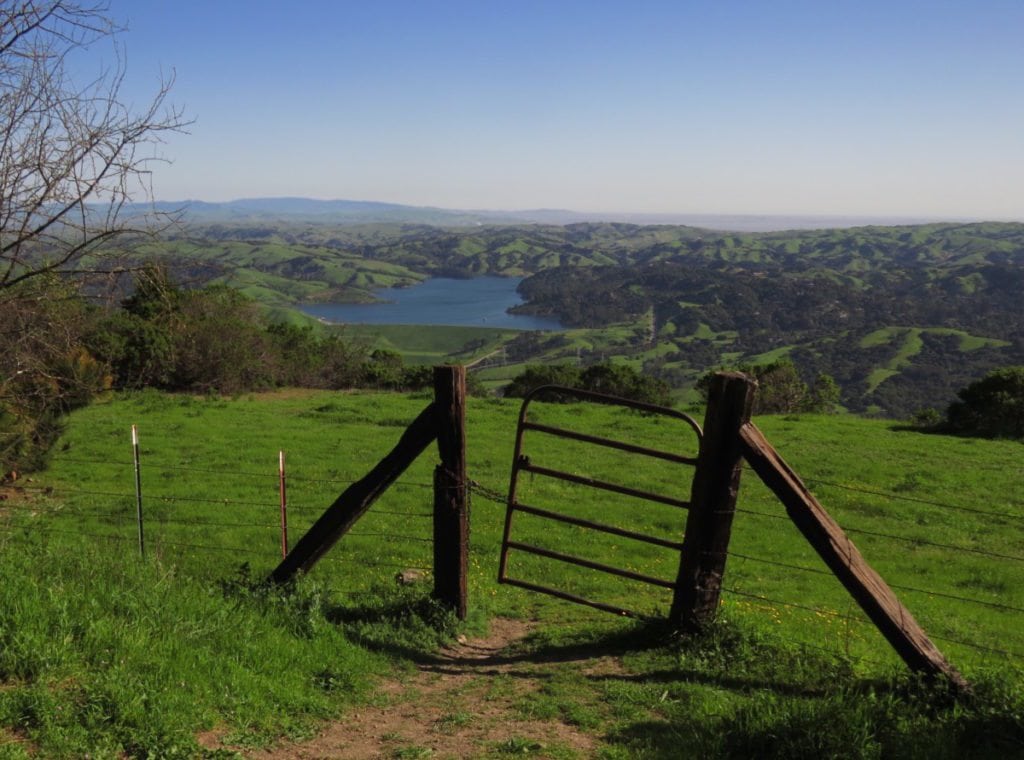 View of Briones Reservoir from Vollmer Peak, by Denise Wight
View of Briones Reservoir from Vollmer Peak, by Denise Wight
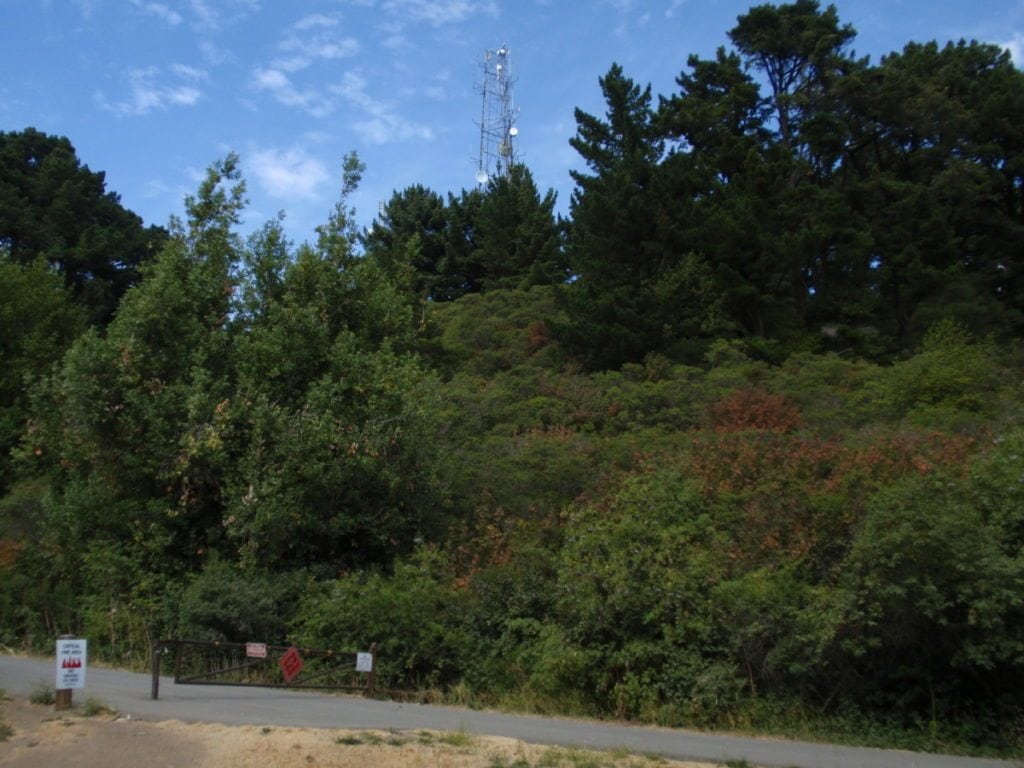 Vollmer Peak service road and transmitter, by Denise Wight
Vollmer Peak service road and transmitter, by Denise Wight
Weather on Vollmer Peak can be incredibly variable. Water drips from vegetation not just during winter and spring rains, but also in mid-July, when the blanket of fog moving in through the Golden Gate hits the peak and soaks the needles of the Monterey pines. There are days when the fog is so thick you can barely make out the silhouettes of California Towhees and Song Sparrows foraging at the edge of the path directly in front of you. The fog moves eastward, cascading over the ridge like a massive waterfall, only to dissipate before it reaches the valley below.
Some old maps show the original name as “Bald Peak.” The name was changed to Vollmer Peak in honor of August Vollmer, an innovator in police professionalism and the first police chief of Berkeley, who loved the outdoors and was actively involved with East Bay Regional Parks in its early years.
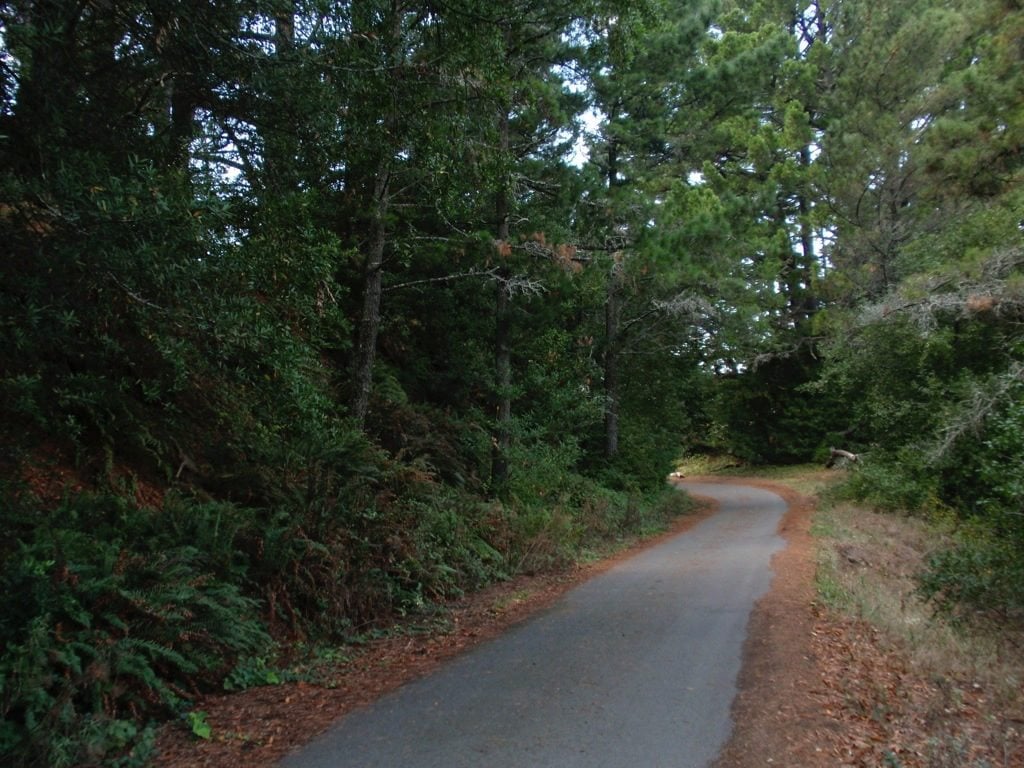 Access road at Vollmer Peak, by Denise Wight
Access road at Vollmer Peak, by Denise Wight
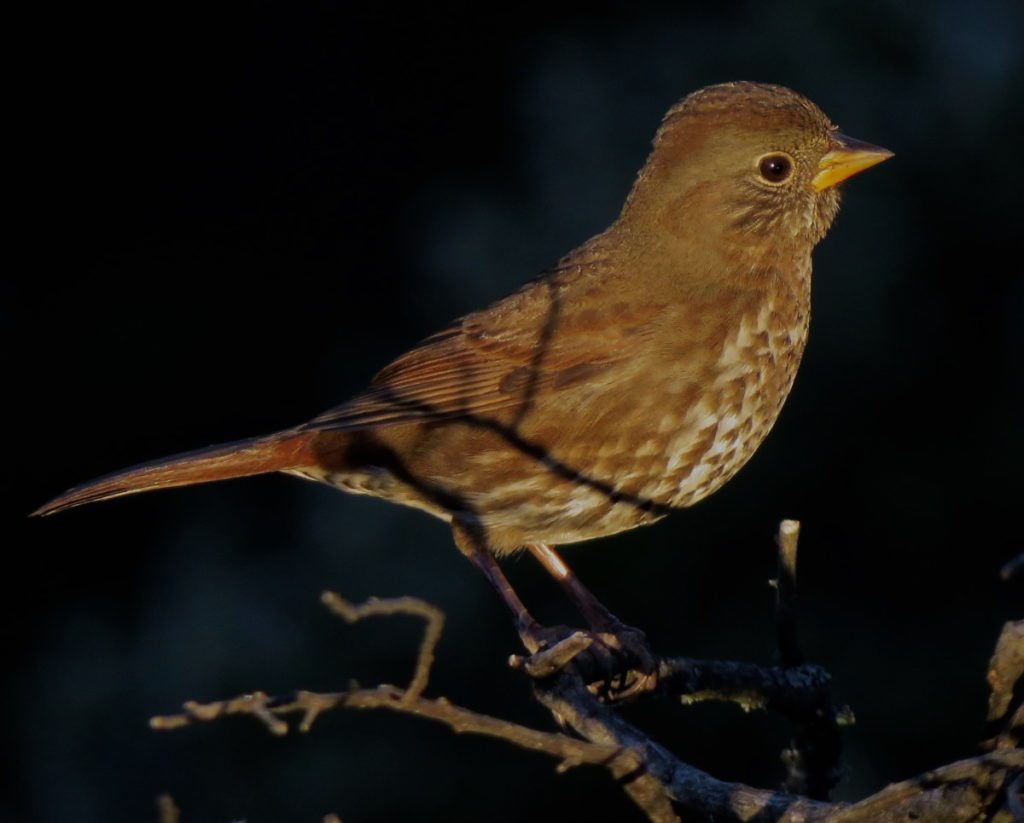 Fox Sparrow near Vollmer Peak by Denise Wight
Fox Sparrow near Vollmer Peak by Denise Wight
Bird diversity is good on Vollmer Peak and surrounding areas. eBird lists Vollmer Peak as a hotspot with 151 species recorded to date. Habitat around the peak and along the trail to the north includes oak woodland, scrub, pines, eucalyptus and a variety of planted exotics and native plants, with private pastures and grasslands to the east.…


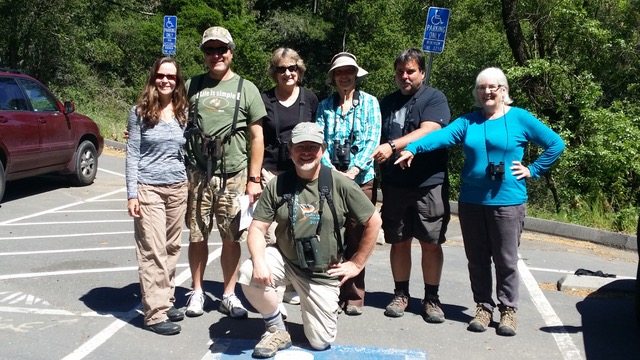 The 2016 team for Big Six Hours in Oakland, with Glen Tepke in front
The 2016 team for Big Six Hours in Oakland, with Glen Tepke in front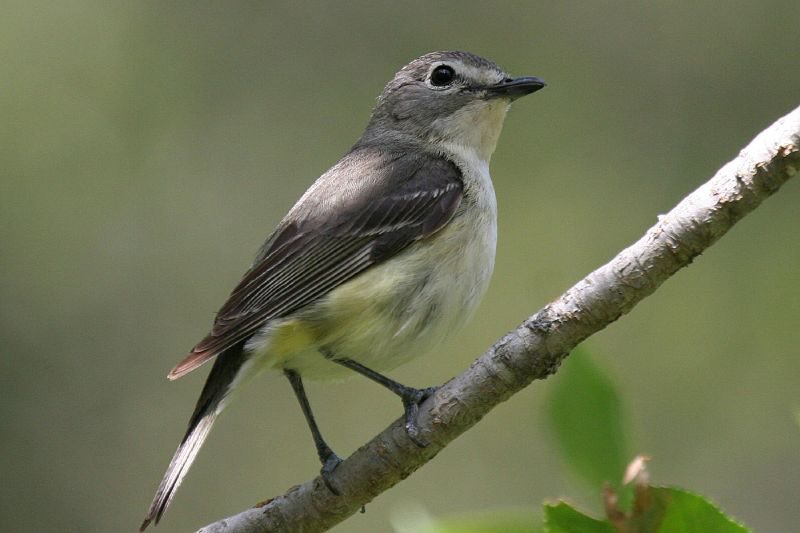 Cassin’s Vireo by Bob Lewis
Cassin’s Vireo by Bob Lewis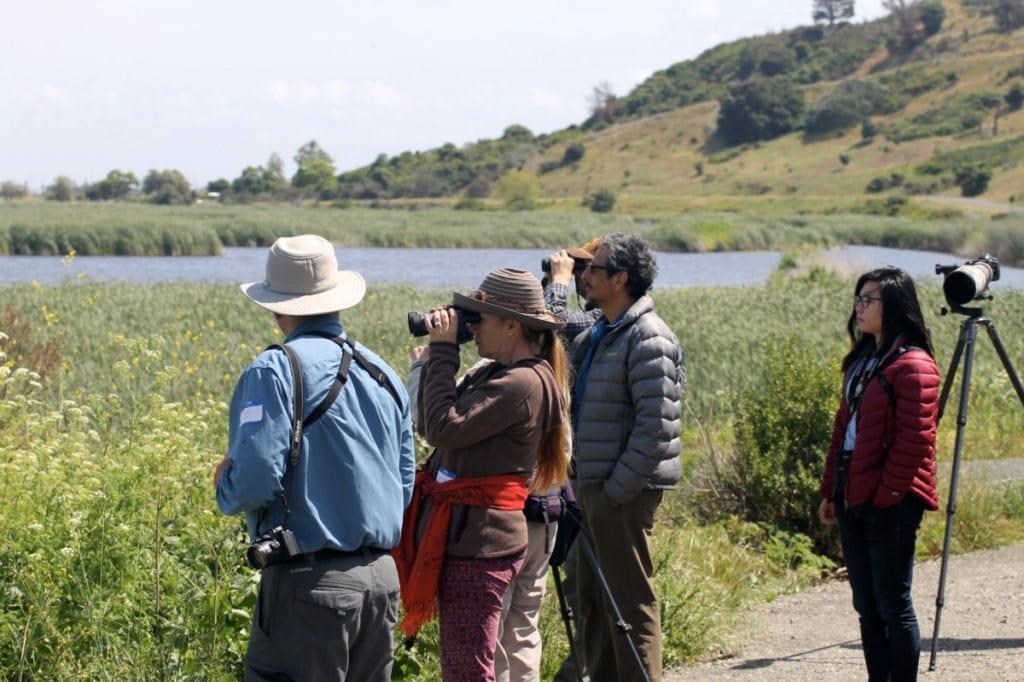 146 Birds in a Day trip in 2015, at Coyote Hills / Photo by Ilana DeBare
146 Birds in a Day trip in 2015, at Coyote Hills / Photo by Ilana DeBare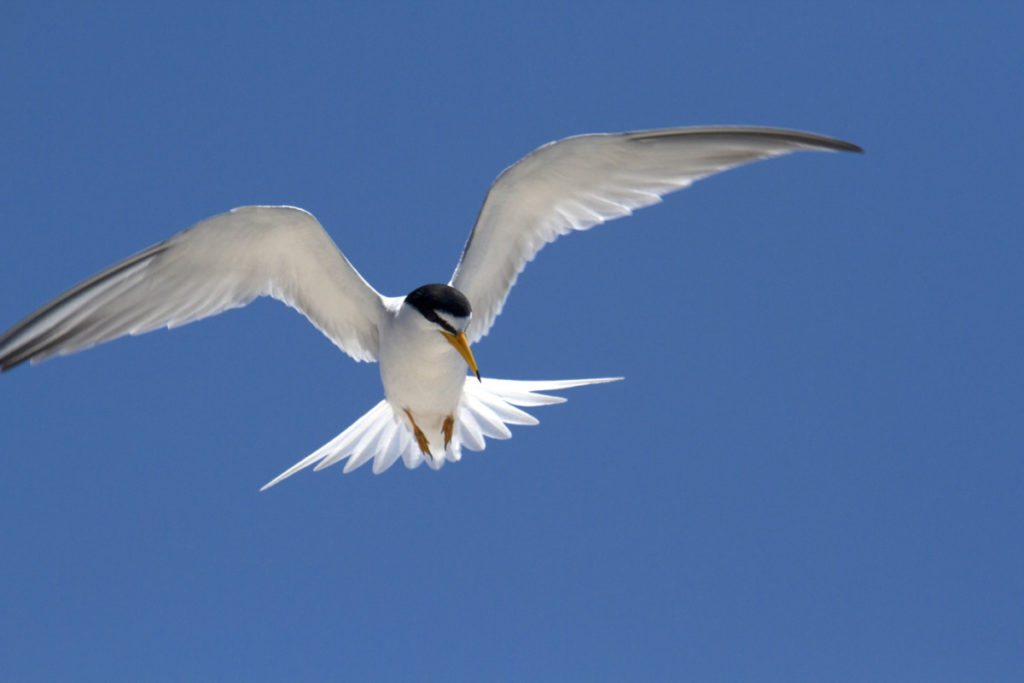 Least Tern at Hayward Regional Shoreline, one of the sites visited in the 146 Birds in a Day trip / Photo by Rick Lewis
Least Tern at Hayward Regional Shoreline, one of the sites visited in the 146 Birds in a Day trip / Photo by Rick Lewis
 The Crissy Field Wildlife Protection Arela
The Crissy Field Wildlife Protection Arela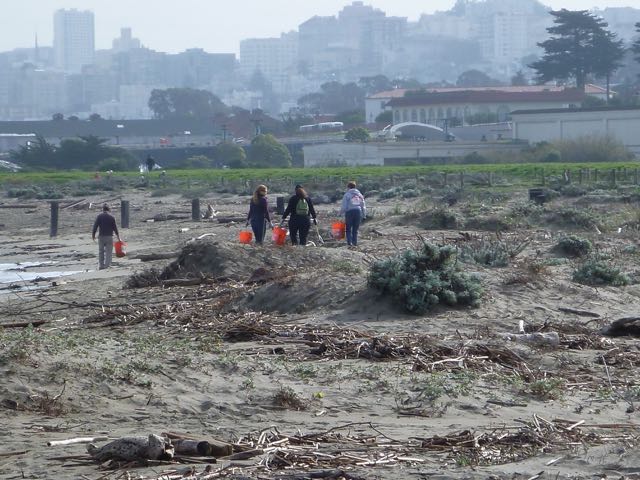 GGBA volunteers hard at work
GGBA volunteers hard at work Another productive clean-up session!
Another productive clean-up session!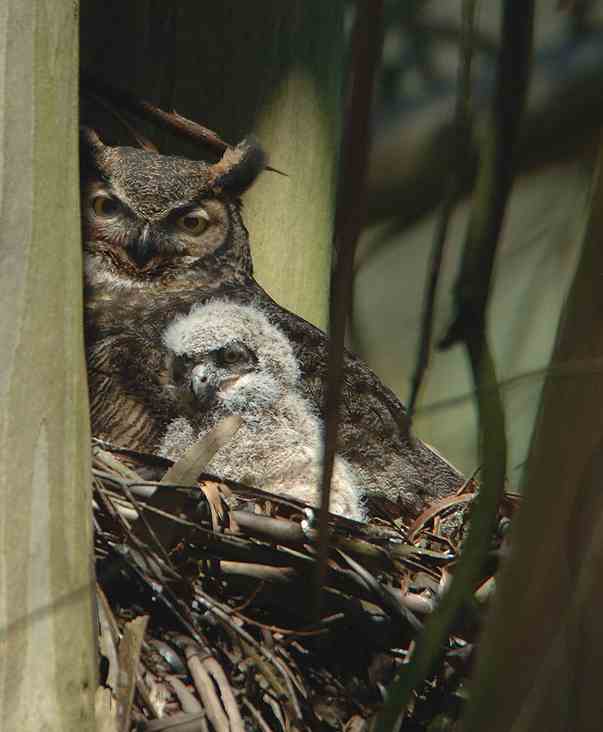

 Red-tailed Hawk in Glen Canyon Park, one of the natural areas included in the plan, by Lee Hong Chang
Red-tailed Hawk in Glen Canyon Park, one of the natural areas included in the plan, by Lee Hong Chang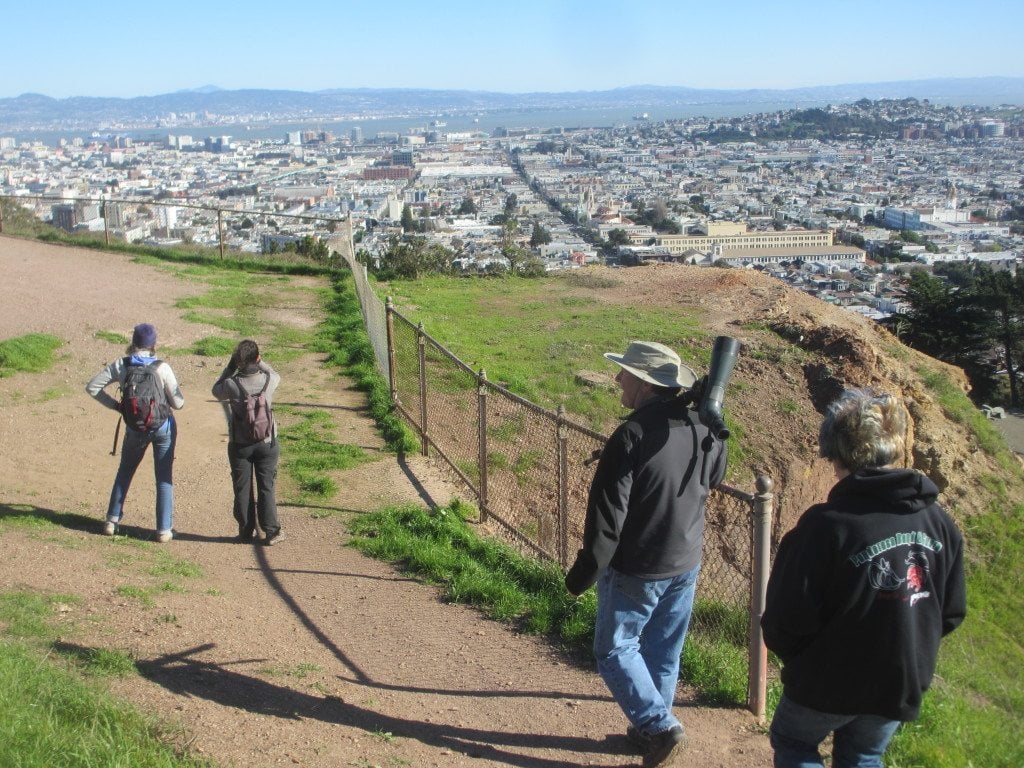 2014 CBC in McLaren Park, one of the areas included in the Natural Areas Plan / Photo by Marissa Ortega-Welch
2014 CBC in McLaren Park, one of the areas included in the Natural Areas Plan / Photo by Marissa Ortega-Welch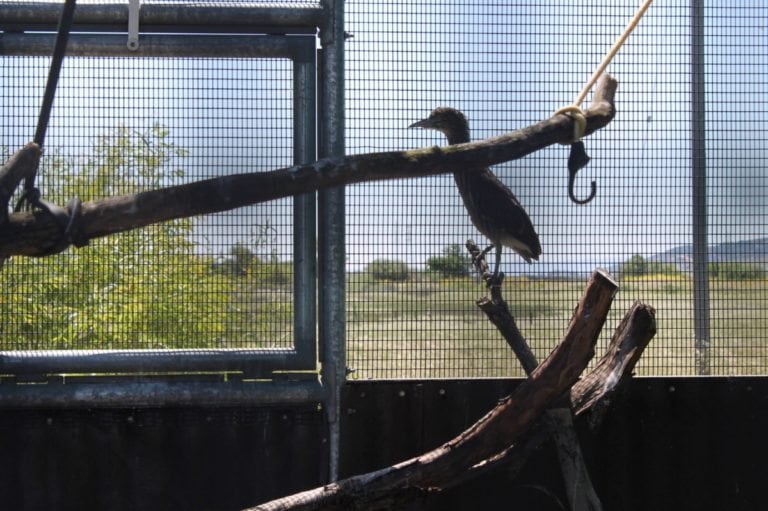
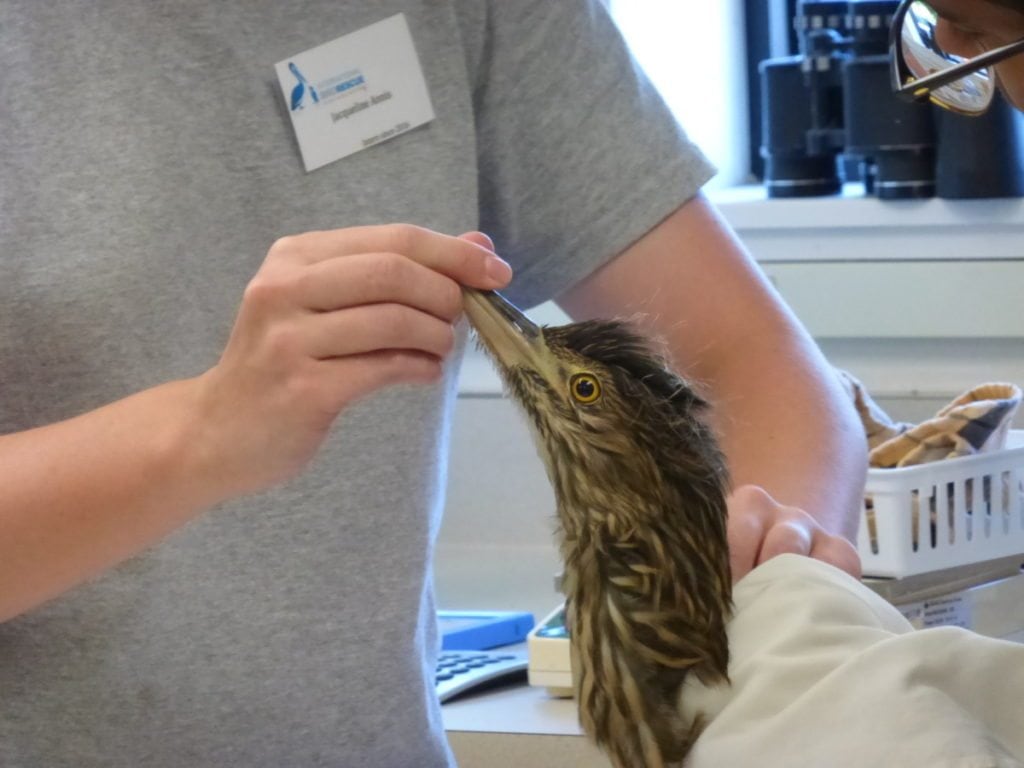 Juvenile Black-crowned Night-Heron in care at IBR / Photo by Beth Moseley
Juvenile Black-crowned Night-Heron in care at IBR / Photo by Beth Moseley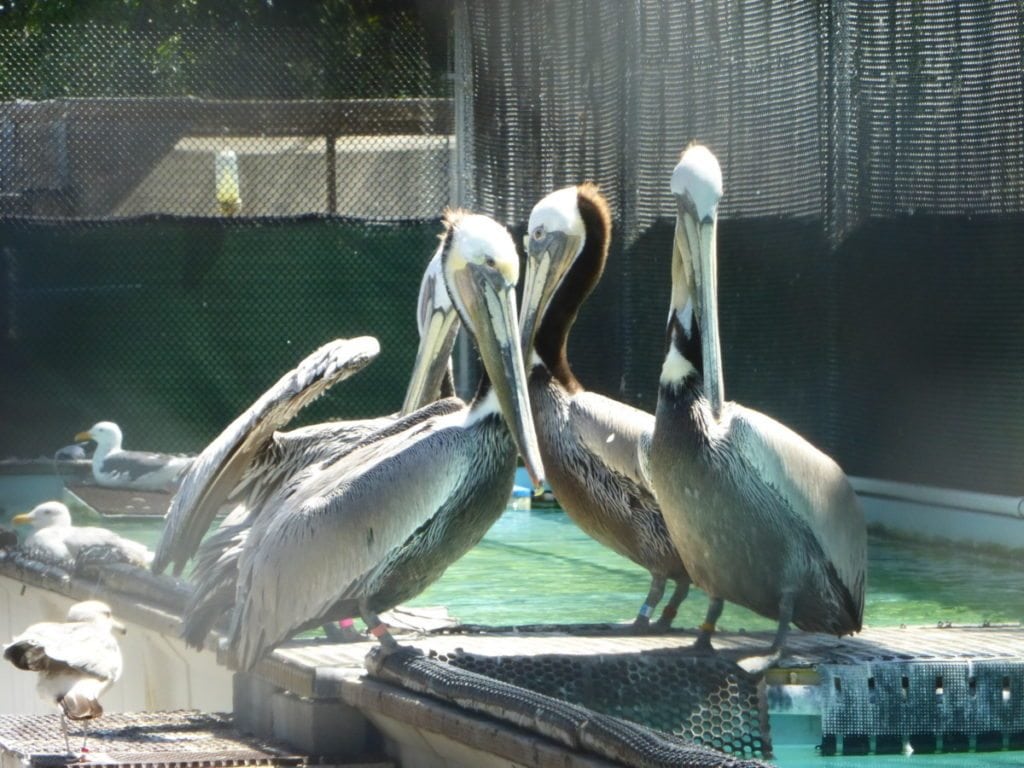 Brown Pelicans at IBR / Photo by Beth Moseley
Brown Pelicans at IBR / Photo by Beth Moseley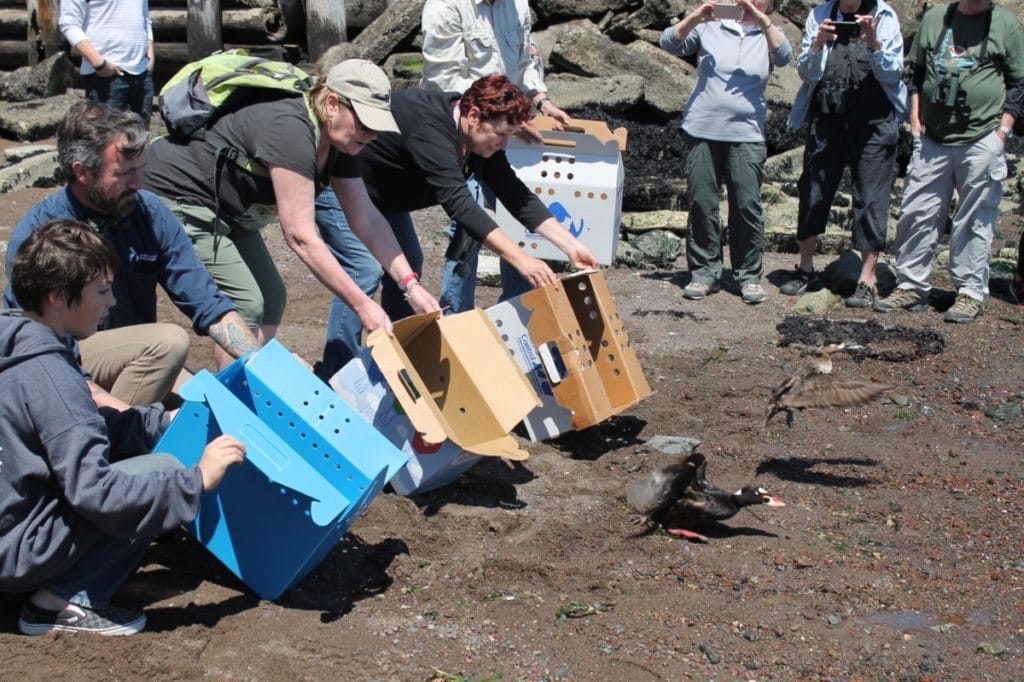 Beth releases a rehabilitated scoter / Photo by Ilana DeBare
Beth releases a rehabilitated scoter / Photo by Ilana DeBare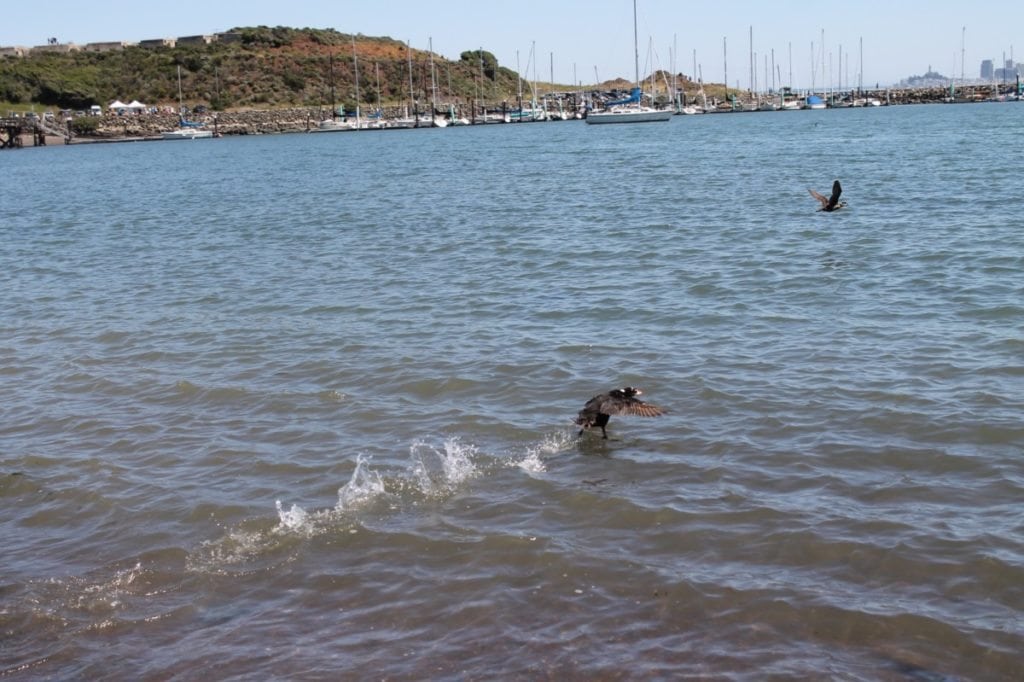 The scoter takes off / Photo by Ilana DeBare
The scoter takes off / Photo by Ilana DeBare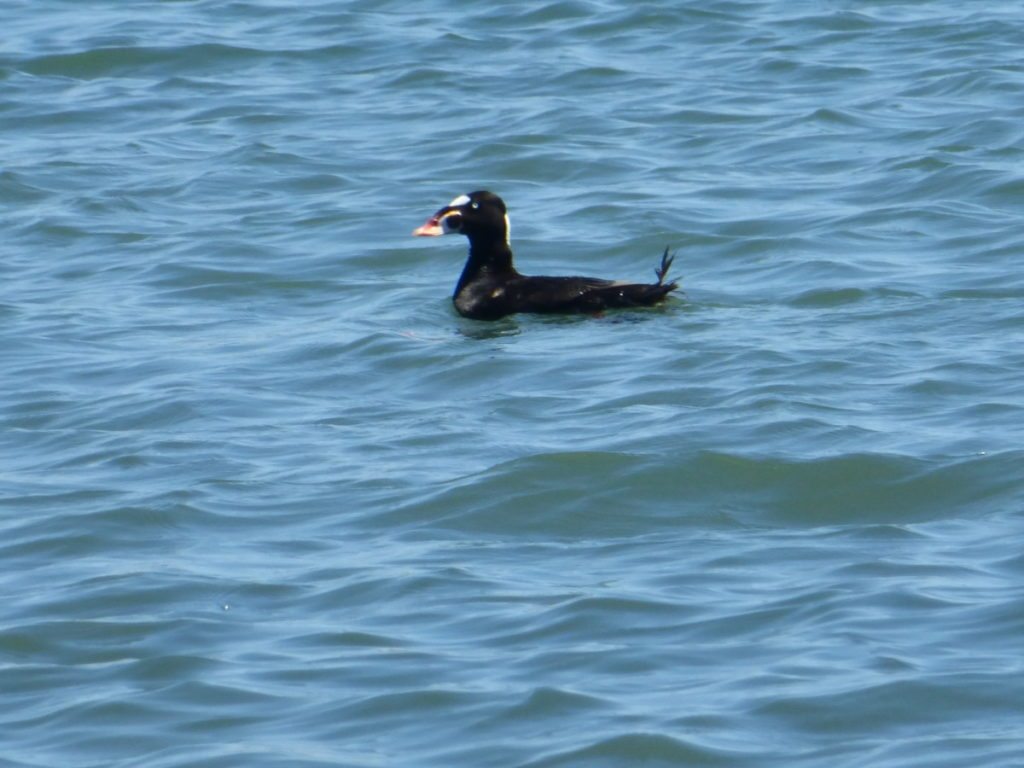 One happy scoter / Photo by Beth Moseley
One happy scoter / Photo by Beth Moseley